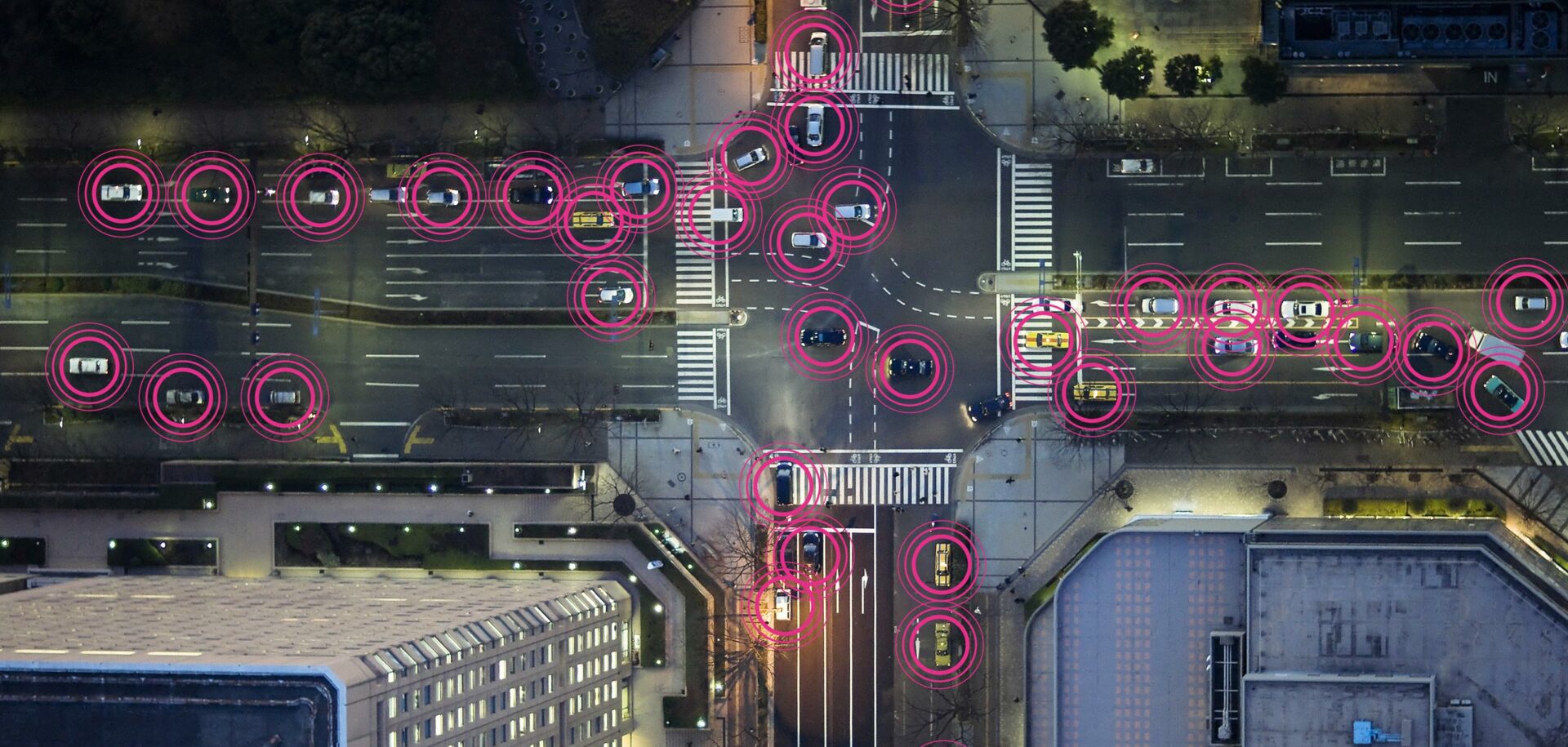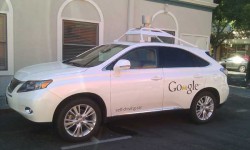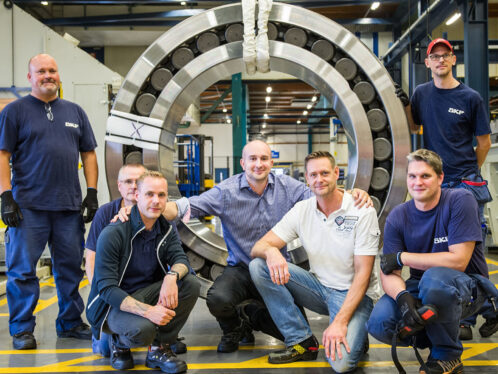
Autos go automatic
Computer-assisted driving is about to transform the way we think about road traffic.
Steering a car or a truck along the curves of a winding road can seem, at first, like an easy task: Simply note the vehicle’s position in the lane and adjust the steering to keep the vehicle in the centre of the lane. But the activity is actually much more complicated. The driver must process a visual picture of the external environment, the information flow from the vehicle’s interior instruments and sensory perceptions from the steering wheel, seat, accelerator and brakes. Through practice, drivers develop an internal model of the dynamic behaviour of their vehicles, enabling them to anticipate which future course the car or truck will take in response to actions on the steering wheel. However, as vehicles become more advanced, with Internet connections and navigation and cell phone communication systems, driving becomes more complex, and more and more information is projected to the multitasking driver. The fact is that humans do not pilot vehicles very well. More than 60,000 fatal road accidents occur every year just in North America and Europe. Road safety is a major societal issue, and governments spend enormous resources on improving infrastructure, vehicles and driver safety awareness. A fertile avenue of research is computer-assisted vehicle driving. The field has attracted researchers from both business and academia, and they’ve achieved remarkable results. Today, there are highly automated driving systems that could, technically speaking, completely eliminate fatal accidents. Some advanced driver-assistance systems are already on the market. One is the parking assistant, whereby the driver slowly passes a parking space and vehicle sensors measure its size. If the space is determined to be large enough, the parking assistant guides the vehicle into it (braking is controlled by the driver). Another system is the lane-keeping assistant – a version of automated lateral steering that processes information from cameras. Using image detection, the assistant estimates the vehicle’s position with reference to the road’s lane markers. If the vehicle’s direction is such that it will cross the lane markers, the system intervenes by steering towards the centre of the lane. Then there is adaptive cruise control, a type of automated longitudinal control. It works as ordinary constant speed control, but it also uses radar to detect metal objects. By recognizing the closest vehicle in front of the car, the system can maintain a safe distance. Research and development are ongoing, and systems with higher levels of automated driving will likely become available within the next decade. The HAVEit project, a programme for the development of highly automated vehicles, is partly funded by the European Commission. The project has developed and tested a temporary autopilot that allows a car to drive at speeds up to 130 kilometres per hour with lateral and longitudinal control, using a combination of existing technologies such as the lane-keeping assistant and adapted cruise control. The autopilot system detects speed limits and ongoing road work and maintains sufficient distance from the vehicle ahead while steering the car along the road lane at a speed set by the driver. According to Volkswagen, series production of this system is possible within five years. Google has developed self-steering cars equipped with sensors, navigation tools and artificial intelligence. These cars have logged many miles of operation with supervising engineers in the front seat. Now, in the United States, the state of Nevada has allowed testing of driverless cars on public roads, so Google is testing its automated driving system with no driver in the car. Have humans as drivers been surpassed by computers? Will driving become fully automated for the benefit of greater safety? According to Achim Beutner, a researcher from Volvo Group Advanced Technology & Research and a HAVEit programme steering committee member, the systems mentioned above are meant to facilitate the driver’s task, not to take away the fun of driving. “The driver becomes a supervisor when he or she decides to,” says Beutner. “A frequently used expression is ‘driver in the loop’, which means the automated system handles a certain control task, but the driver is supervising and can at any time interrupt and take back command.” Of course, the interface between the vehicle and the driver is crucial for the success of automated steering. Drivers must be comfortable becoming supervisors, allowing the vehicle to control certain functions and yet maintaining the responsibility of piloting the car, even if an automated control function is engaged. It’s a learning process. Vehicle manufacturers, for their part, must find ways to prevent drivers from misusing the automated driving systems, which could lead to accidents. Beutner says the cost of automated systems is not considered much of an issue, since the equipment can partly be based on sensor, software and electronic solutions already in serial production for cars. Where radical redesign comes into play is in cars not piloted by a human driver. With increased driving safety, driver protection and crash safety become less important, and cockpit instruments become superfluous. It leads one to wonder: What will the cars of our future look like?





